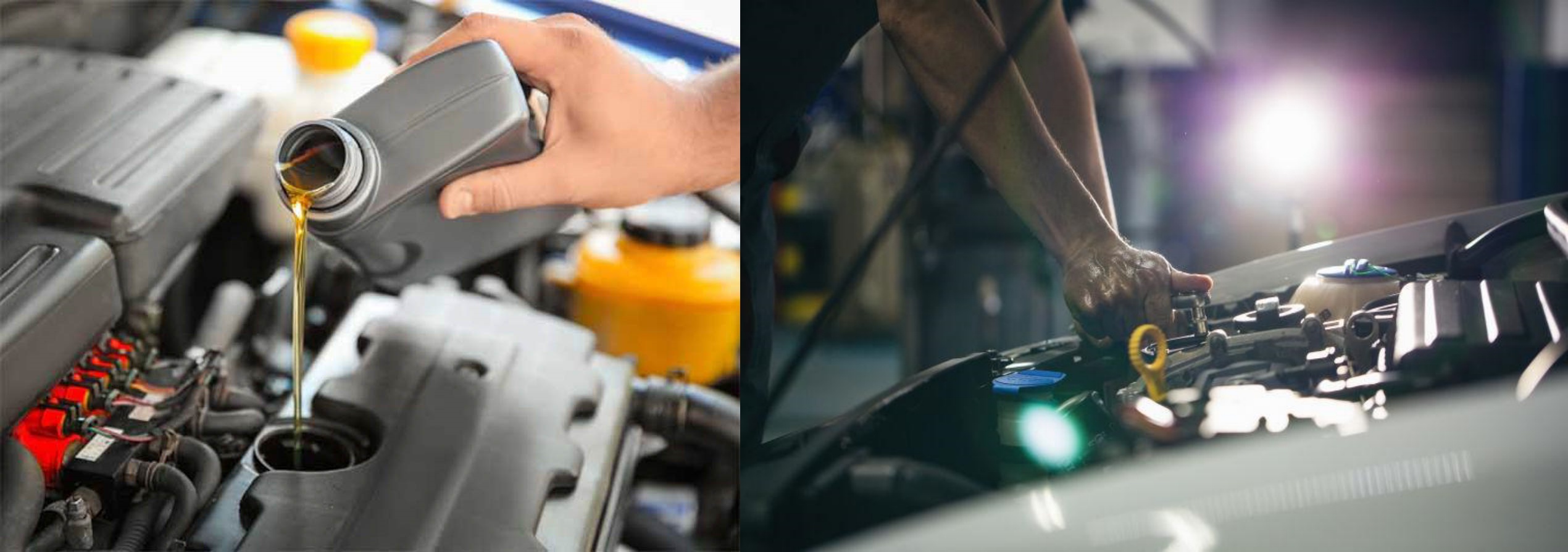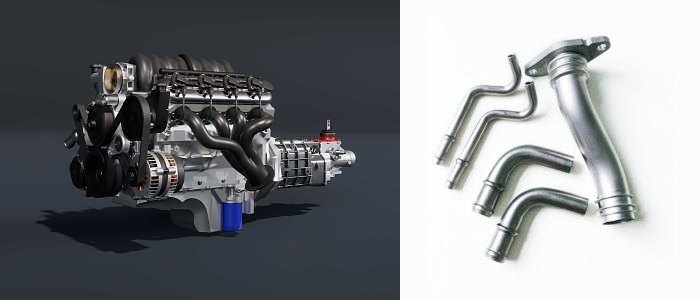What is the state of the lubricant in the transmission?
Table of Contents
ToggleThe function of lubricant.
The primary function of lubricant is, of course, “lubrication.” Automotive engines consist of numerous components, such as the rapidly rotating crankshaft and camshaft, the piston performing high-speed linear motion within the cylinder, and the intake and exhaust valves moving reciprocally in the valve guide. These components generate metal friction during operation, which can quickly wear down even the hardest metals. The basic role of lubricant is to form a reliable oil film on the friction surfaces to provide lubrication.
In addition, lubricant plays several other roles during its circulation through various parts of the engine. It dissipates heat to cool the components, reduces engine noise, prevents rust on metal surfaces, and provides a sealing function between the piston, piston rings, and cylinder wall. More importantly, lubricant washes away carbon deposits and other impurities from the cylinder and other parts, carrying them to the filter to perform a cleaning function.

what is the state of the lubricant in the transmission?
In simple terms, automotive lubricant continuously circulates and functions during vehicle operation, with each cycle mainly involving the following steps:
- The oil pan, located at the bottom of the engine, serves as a reservoir for storing lubricant. When the car is not running, the lubricant quietly gathers here. The oil pump acts as a transport mechanism, delivering lubricant to various engine components. Through this device, the lubricant gains a certain flow pressure, allowing it to flow into the various oil pipelines.
- The oil pipelines serve as the highways for the lubricant to flow to various parts, including the filter, oil outlet, main oil passage, and cylinder head oil passage. The lubricant circulates repeatedly through these pipelines, reaching all the parts that require lubrication.
- The oil strainer and filter are filtration devices that the lubricant passes through before reaching the parts for lubrication. They ensure that impurities, dust, and other contaminants do not adhere to engine components along with the lubricant, helping to prevent the formation of sludge and carbon deposits.
- Finally, the lubricant flows to engine components such as the main journal of the crankshaft, connecting rod journal, camshaft journal, camshaft, timing gears, pistons, and more. It forms a layer of oil film on the metal surfaces of these parts, preventing them from rubbing against each other. At the same time, it carries away heat to cool the engine and cleans sludge, metal particles, and impurities, ensuring the engine operates smoothly.
The process of lubrication is a complex one. Through the simple breakdown of the steps above, we can get a general understanding of the lubrication flow.

Precautions for using automotive lubricant oil:
Misconception 1: Lubricant oil only needs to be topped up, not changed.
Regularly checking the lubricant oil is correct, but only topping it up without changing it can only compensate for the lack of oil quantity, not fully restore the oil’s performance. Over time, due to contamination, oxidation, and other factors, the quality of the oil gradually deteriorates, and some oil is consumed, reducing the quantity. In fact, after a certain period of use, the lubricant oil should still be changed.
Misconception 2: Additives are highly effective.
High-quality lubricant oil is a finished product that already contains various additives for engine protection. If you blindly add other additives, it may not provide additional protection to the vehicle and can even react with the chemicals in the oil, leading to a decline in the overall performance of the lubricant. Especially now, many additives are counterfeit or of poor quality, which can cause significant harm to the engine.
Misconception 3: The oil should be changed when it turns black.
Modern automotive lubricants generally contain detergents and dispersants. These additives help wash away the gum deposits and black carbon that cling to the pistons, dispersing them into the oil and reducing the formation of high-temperature deposits in the engine. As a result, the oil may turn black after a period of use, but this does not mean the oil has completely deteriorated. Therefore, this statement is inaccurate.
Regular maintenance and performance checks will help extend the life of your vehicle.





